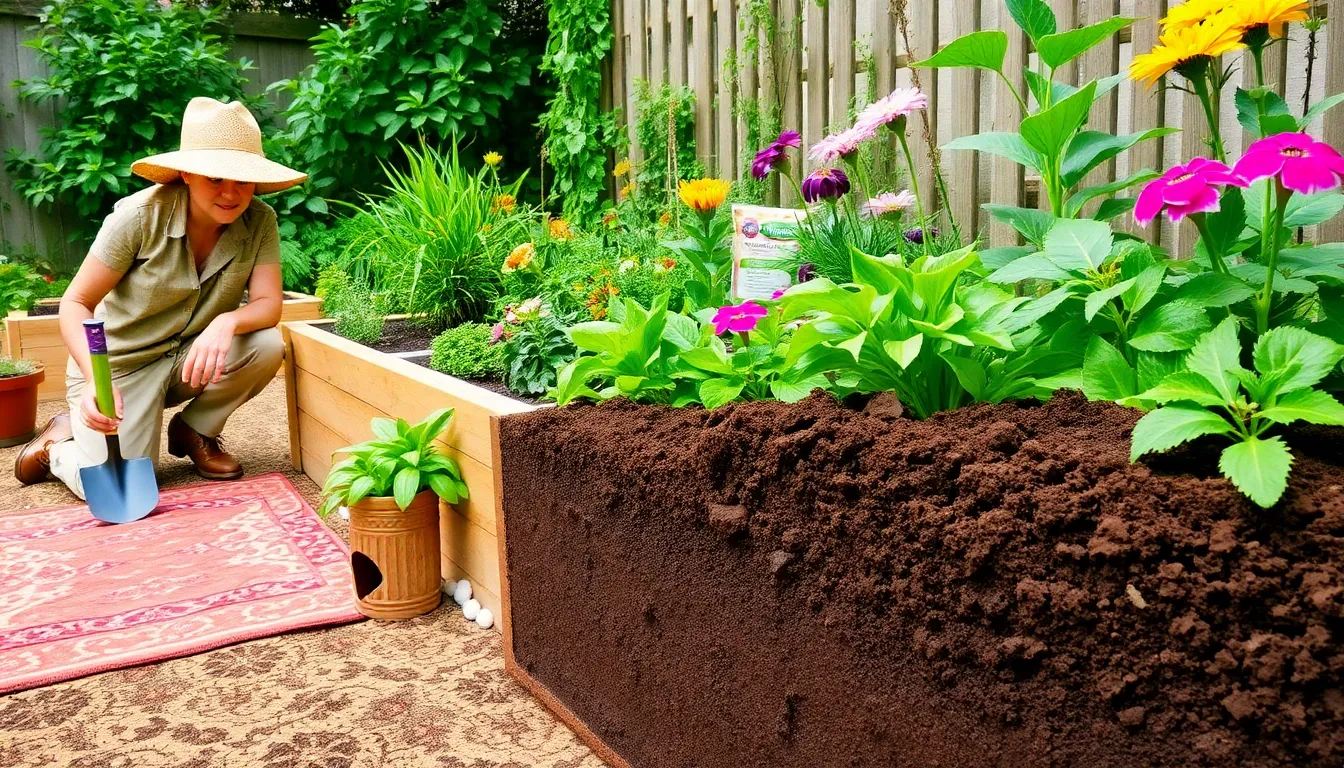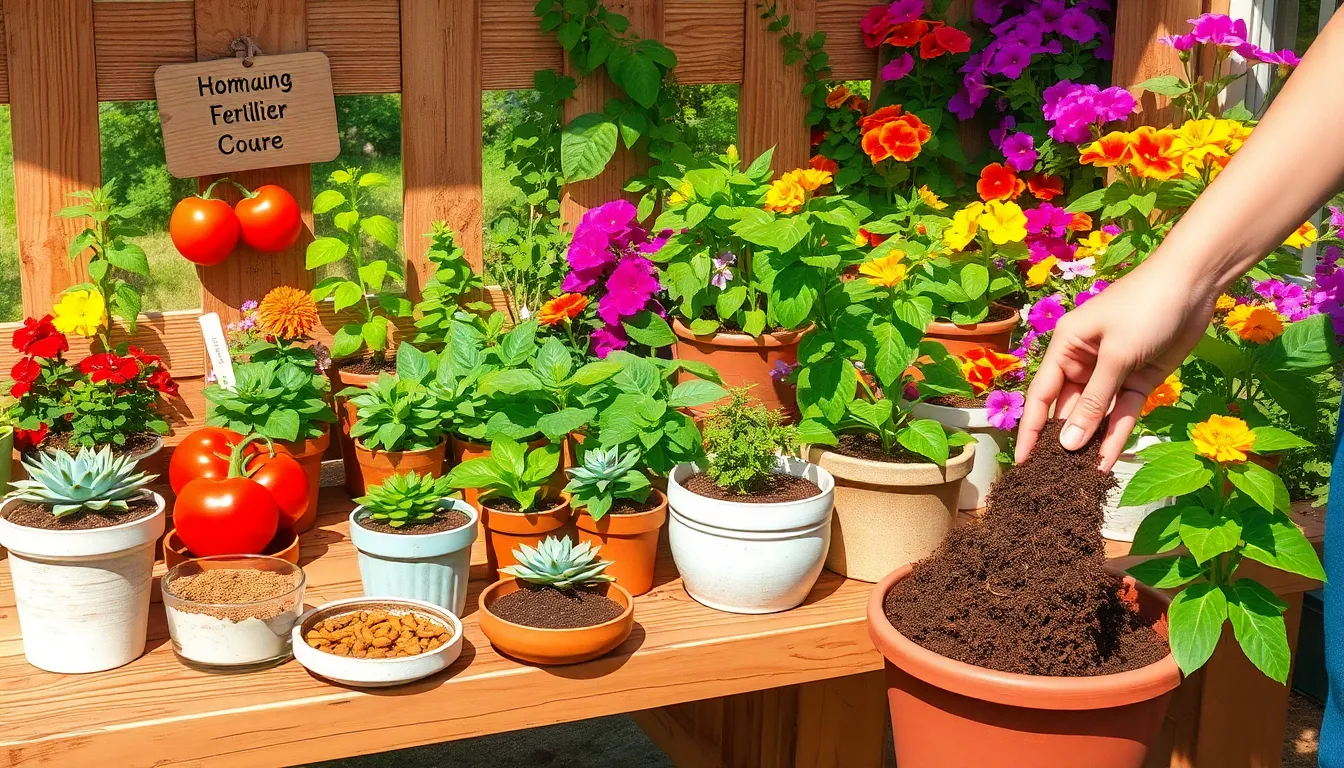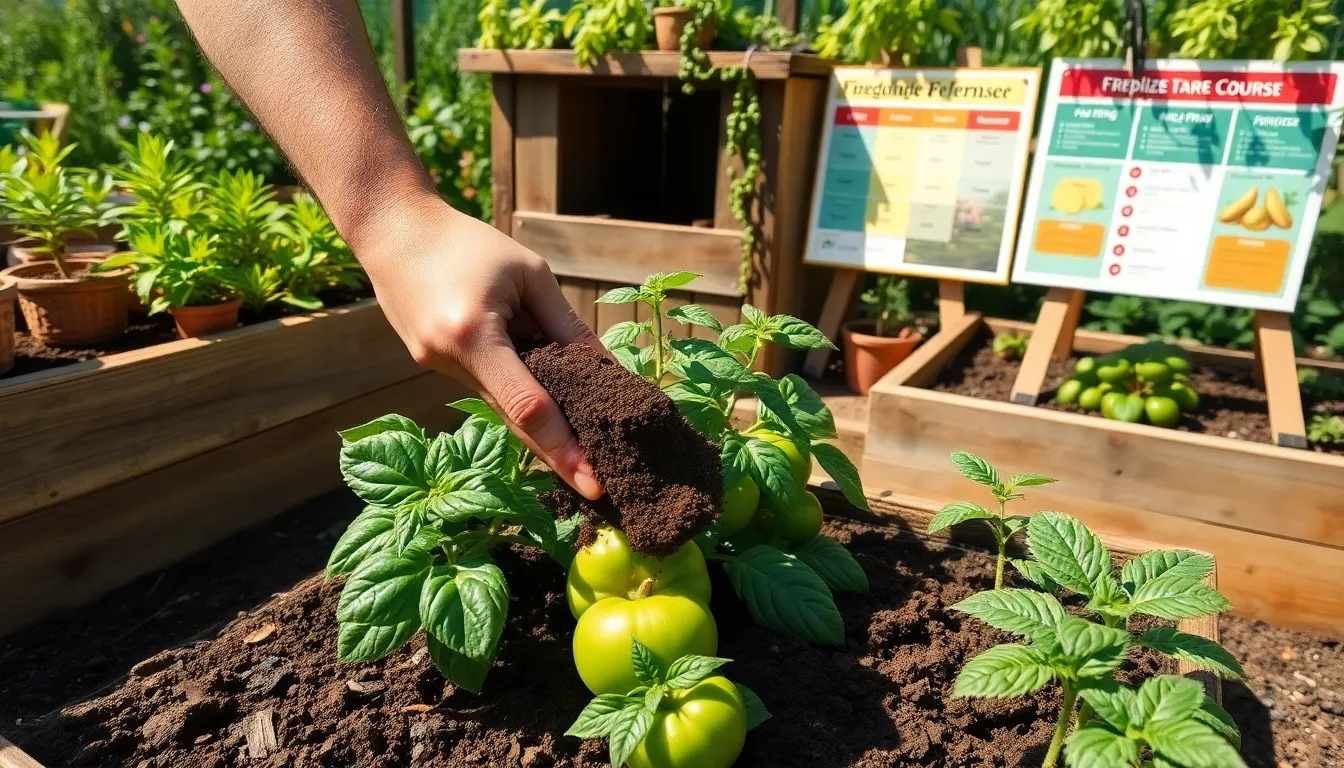Gardening is a journey filled with discovery, and whether you’re just starting out or have been nurturing your green thumb for years, there’s always something new to learn. For those of us dealing with stubborn clay soil, transforming it into a thriving garden bed might seem daunting. Yet, with the right guidance and a dash of dedication, you can turn this challenge into an opportunity for growth—literally!
This guide is your companion to unlocking the potential of clay soil, packed with expert tips that have been tried and tested by gardeners like you. By understanding the unique properties of clay and learning how to work with it, you’ll not only improve your soil but also enhance the beauty and productivity of your garden. With each tip, you’ll gain practical skills and the confidence to transform your garden into a lush oasis, where plants flourish as a testament to your hard work and passion.
Incorporate Organic Matter Regularly
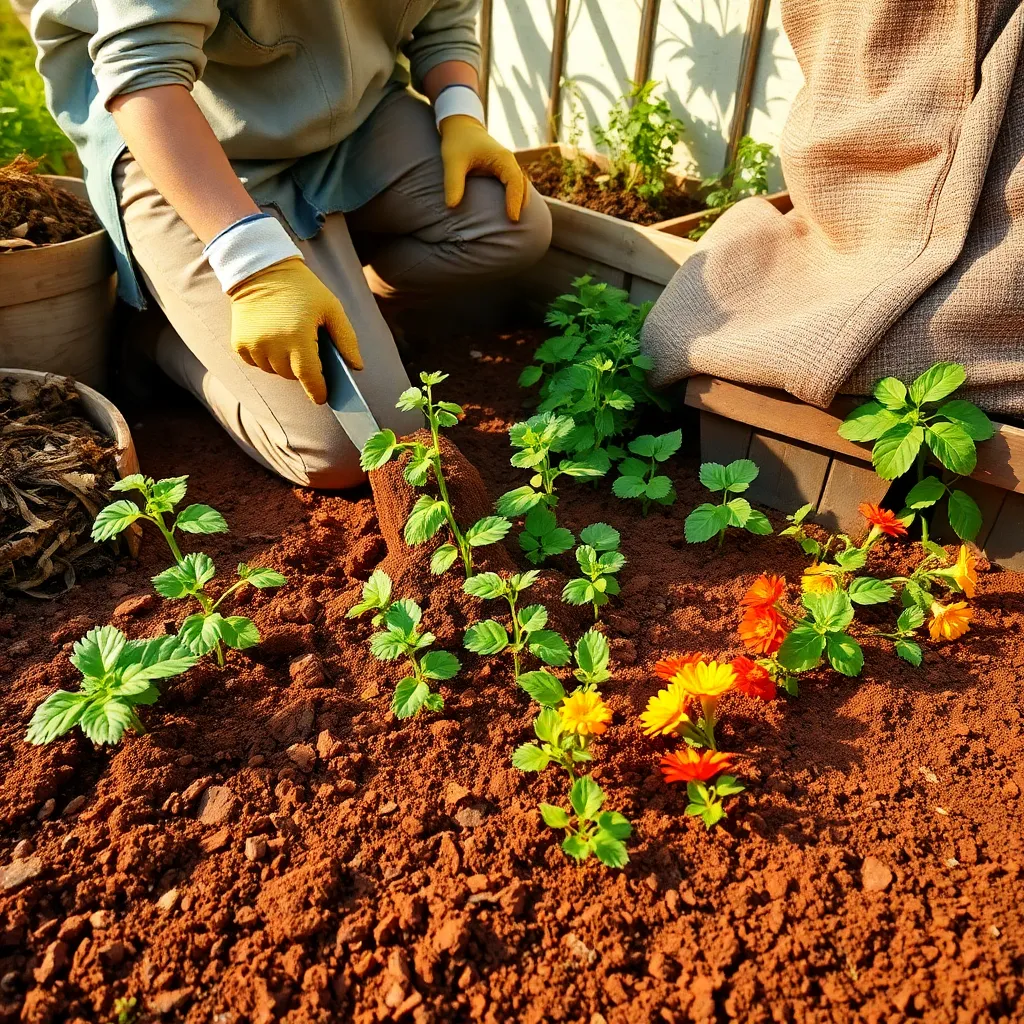
Improving clay soil involves incorporating organic matter regularly to enhance its structure and fertility. Organic materials like compost, well-rotted manure, and leaf mold can be mixed into the soil to increase drainage and nutrient availability.
An effective way to incorporate organic matter is by top-dressing the soil with a layer of compost each spring and fall. This practice not only enriches the soil but also encourages earthworms and beneficial microorganisms to thrive, which naturally aerates and improves soil quality.
For gardeners looking to take their efforts a step further, consider using a no-dig method, which involves layering organic materials directly on the surface. Over time, this method helps to build a rich, fertile layer of soil while minimizing disturbance to the existing ecosystem.
When adding organic matter, aim to maintain a balance between green and brown materials in your compost for optimal decomposition. This balance will ensure that your soil receives a well-rounded mix of nutrients, supporting healthy plant growth throughout the seasons.
Add Gypsum to Break Up Clay

Clay soil can be challenging due to its density and poor drainage, but adding gypsum can significantly improve its structure. Gypsum is a mineral that, when applied to clay soil, helps to break up compacted soil particles, making it easier for roots to grow and water to drain.
To apply gypsum effectively, begin by spreading it evenly over the surface of your clay soil. It’s generally recommended to use about 40 pounds of gypsum per 1,000 square feet, but always read the package instructions for specific application rates.
Once the gypsum is spread, incorporate it into the top 6 to 8 inches of soil using a garden fork or rototiller. This ensures that the gypsum can start working deep within the soil, improving its texture and drainage over time.
Remember that gypsum is not a quick fix; it can take several months to see noticeable improvements in soil drainage and texture. For best results, combine gypsum application with regular incorporation of organic matter, which nurtures soil life and further enhances soil structure.
Create Raised Beds for Drainage

Raised beds are an excellent solution for improving drainage in gardens with clay soil. By elevating the soil, you can help excess water escape more easily, preventing root rot and other moisture-related issues.
To create a raised bed, start by choosing a sunny location in your garden. Construct the bed frame using materials such as untreated wood, bricks, or stone, ensuring the sides are at least 12 inches high to allow for adequate soil depth.
Fill the raised bed with a mix of high-quality topsoil and organic matter, like compost, to enhance nutrient content and drainage. Aim for a soil mix that is approximately 50% topsoil, 30% compost, and 20% perlite or coarse sand to improve aeration.
Water the soil thoroughly after constructing the bed to check for proper drainage before planting. As you plant, leave sufficient space between each plant to allow air circulation, which further helps in keeping soil conditions optimal.
For those with more experience, consider installing a drip irrigation system in your raised bed. This will ensure consistent moisture levels and reduce the risk of overwatering, which is crucial in clay-heavy soils.
Use Cover Crops for Aeration
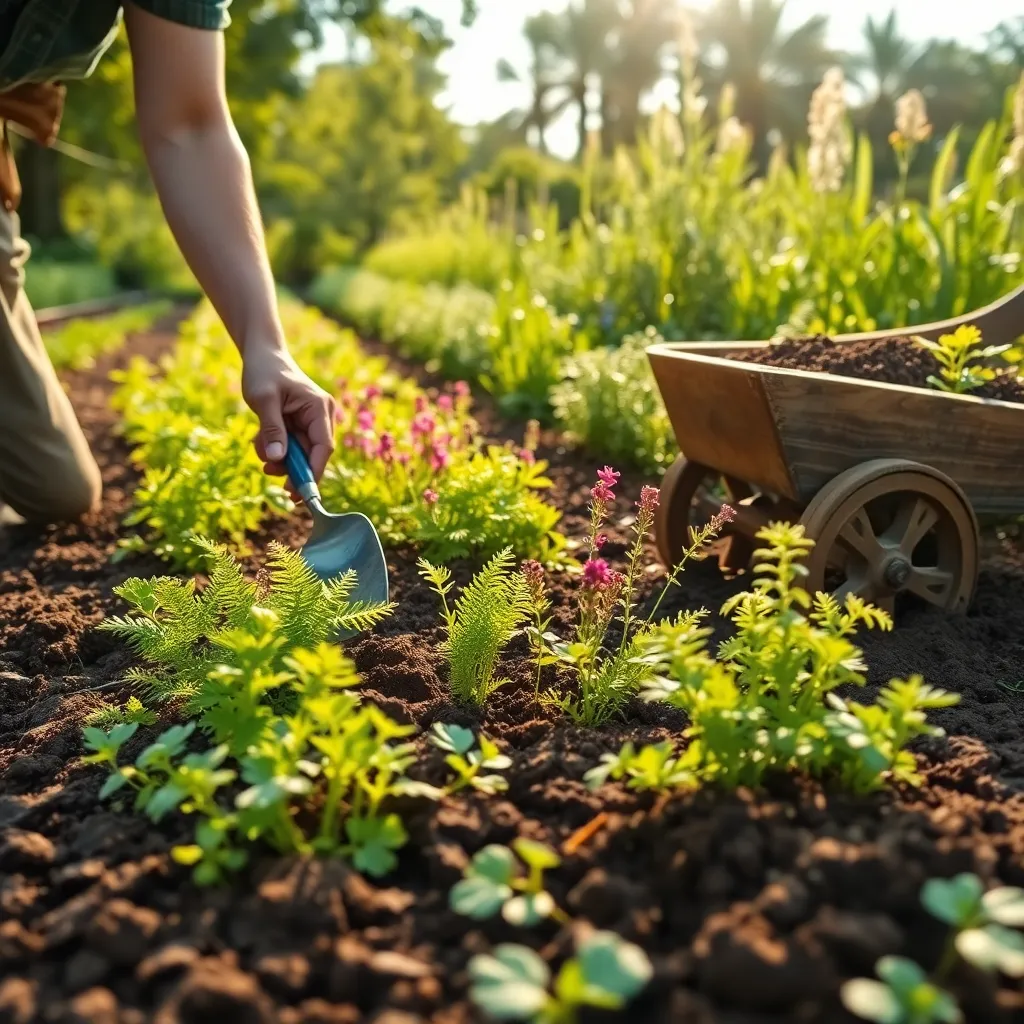
Cover crops are a fantastic way to improve the aeration of clay soil. By planting them, you allow their roots to penetrate the dense soil, effectively breaking it up and introducing organic matter.
Choose cover crops like clover, radishes, or rye, which are particularly effective at loosening compacted soils. These plants grow quickly, providing a natural way to enhance soil structure without the need for heavy machinery.
To get started, sow your chosen cover crop in early spring or fall, when the soil is moist but not waterlogged. This timing ensures the seeds have the best chance to germinate and thrive, creating a lush cover that improves aeration.
As the cover crops grow, their roots will help to create channels in the clay soil. This process not only improves drainage but also facilitates better air circulation, crucial for healthy root development of future plantings.
Once the cover crop has matured, you can either cut it down and leave it as a mulch or till it into the soil. Both methods will add valuable organic matter to the clay, further enhancing its texture and nutrient content.
Test and Adjust Soil pH
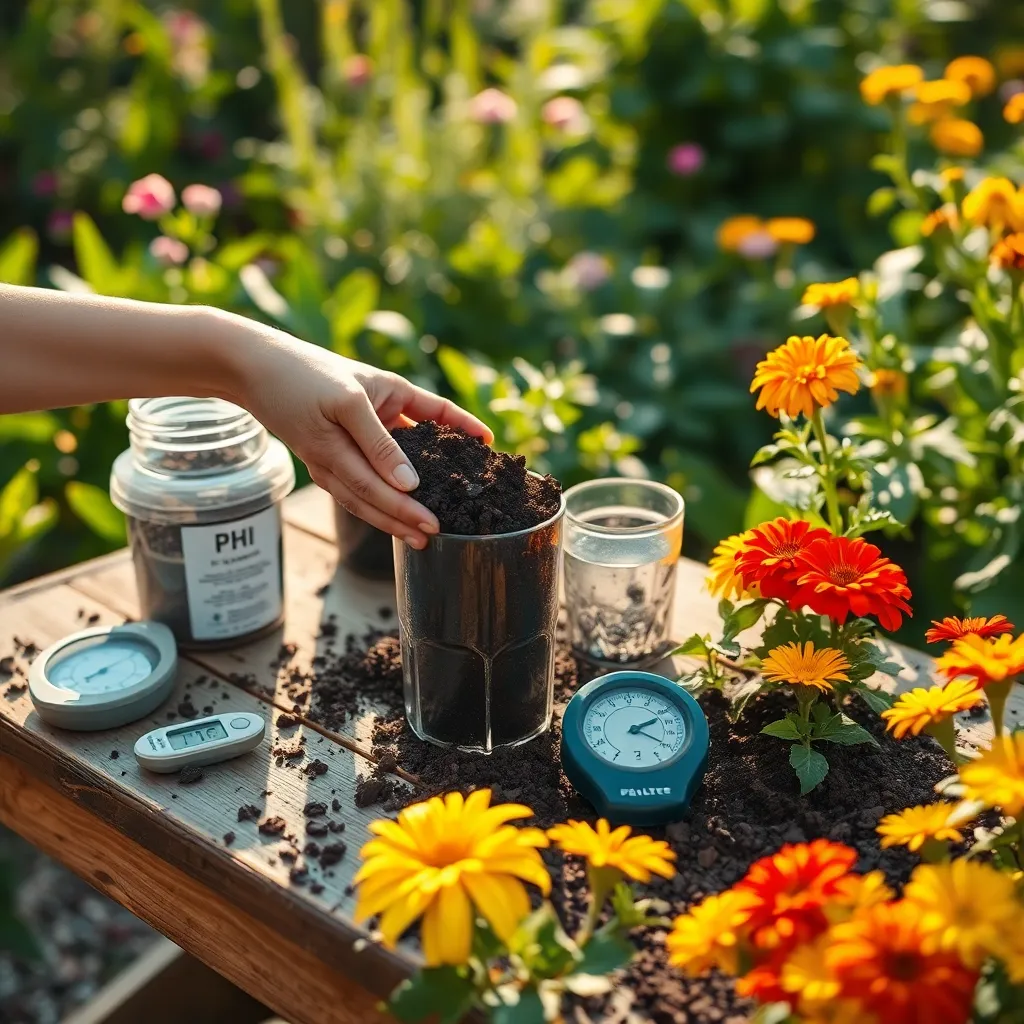
Understanding the pH of your soil is crucial for improving clay soil, as it affects nutrient availability. Begin by purchasing a soil pH test kit, which is readily available at most garden centers or online.
Once you have your test kit, follow the instructions carefully to obtain an accurate reading of your soil’s pH level. Typically, clay soils tend to be alkaline, but testing will help you pinpoint the exact pH.
Based on the results, you may need to adjust the soil pH to create optimal growing conditions. If the soil is too alkaline, consider adding elemental sulfur or ammonium sulfate to lower the pH.
Conversely, if the soil is too acidic, incorporate agricultural lime to raise the pH gradually. Always follow product instructions and re-test the soil after a few weeks to monitor changes.
For those looking to make more significant adjustments, consider mixing in organic materials like pine needles or coffee grounds to naturally alter the pH over time. This method not only adjusts pH but also enriches the soil with beneficial organic matter.
Conclusion: Growing Success with These Plants
In navigating the intricate landscape of relationships, the article “Expert Tips For Improve Clay Soil” offers transformative insights. We explored five foundational concepts: the importance of nurturing communication, the value of shared goals, the necessity of trust-building, the strength found in empathy, and the vitality of maintaining individuality within a partnership. These elements, much like enriching clay soil, create a fertile ground for relationships to thrive.
As a practical next step, take a moment today to engage in an open-hearted conversation with your partner. Discuss your shared aspirations and listen actively to each other’s needs. This simple act can strengthen your bond and lay the groundwork for deeper connection.
To ensure these insights remain at your fingertips, save or bookmark this article. It’s a resource you’ll want to revisit as your relationship grows and evolves.
Looking ahead, remember that successful relationships are cultivated with care and intention. By applying these expert tips, you’re taking proactive steps towards a flourishing partnership. Empower yourself with knowledge and watch your relationship blossom into a source of joy and fulfillment.

